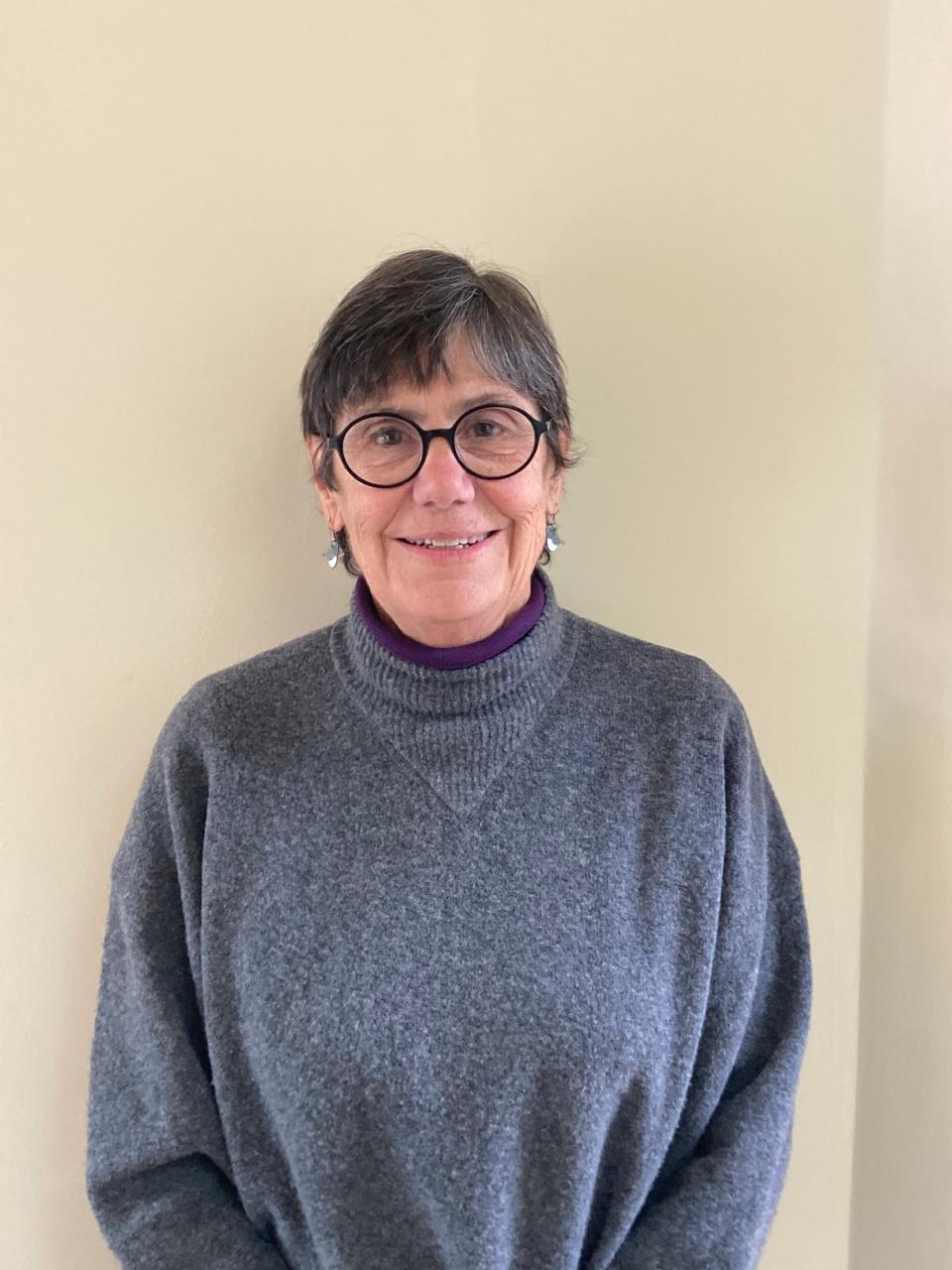Don't punish rural taxpayers by funding private schools they don't have | Opinion
Susan Kaeser is the education specialist for the League of Women Voters Ohio and has been a local public school advocate for more than 40 years.
By June 30, the Ohio Legislature must adopt a new two-year budget that includes funding for K-12 education. Lawmakers are considering proposals to fix the inadequate funding of the state’s public schools, and to increase the use of state funds for private education.
These options are in direct competition for state education dollars. One is required by the Ohio constitution, the other is not.
Public schools are available in every community. Investing more in public education would benefit all of Ohio. Spending more on private education, however, would reach less than half of Ohio’s 88 counties and would make it even harder to meet the needs of rural public school students who depend on public education.
More: Here's what some area schools are saying about K-12 provisions in Ohio House budget
Enrollment data by county for public, private and charter schools is available on the Ohio Department of Education website. The data for the 2021-22 school year shows that more than 1.49 million K-12 students attended a traditional public school and 167,000 used a private school.
Public schools serve most of Ohio’s students statewide and are universally available. When it comes to private education, however, we have an urban-rural divide. Private education is widely available in urban counties, but absent or very limited in rural Ohio. It takes population density to support private alternatives. The larger the public school enrollment in a county, the more likely there will be private school options.

Ohio has eight counties that have more than 50,000 public school students. There are more than 700 private schools in Ohio and about 440 of them are found in these eight urban counties. These counties are home to 71% of the private school students in the state and 46% of the public school students.
Private schools are rare in most of Ohio. In Ohio’s rural counties, not only are public schools the essential education resource, but they are also important to the economy, and are centers of community life and support.
More: Will Ohio have real equity in education? For now, future depends on next state budget
There are 46 counties with fewer than 8,000 public school students. Eleven of our smallest counties have no private schools, and 35 more have between one and three private schools. There are 11 more modest-sized counties that have between one and three private schools. All together, 88 private schools can be found in these 57 counties.
The private schools that do exist in smaller counties are limited in who they serve. They cater to a specific religion, typically enroll fewer than 100 students, and are primarily elementary schools.
If lawmakers choose to direct more funds to private education without investing more in public schools, they will undermine educational opportunities in rural Ohio and punish rural taxpayers. Taxpayers in the poorest part of the state. who rely on their public schools, would be asked to subsidize private education that is not available to them, and their taxes would not be spent on the public schools that they rely on.
Furthermore, when state policy incentivizes leaving a public school, it harms the students who prefer their public school. This is especially true in schools with small enrollments. If a student transfers to a private school at public expense, it rarely reduces local costs but immediately cuts state funding and diminishes the economies of scale that exist with more students. Public school students lose.
Principal: DeWine, lawmakers treating schools the way Lucy treats Charlie Brown
Rural legislators can look out for their constituents by making public education their budget priority. Their support is needed if all of Ohio is to benefit from using state tax dollars for K-12 education.
Shoring up the public investment in public education would support every community, would advance the common good, and would make our funding system comply with its constitutional mandate.
Susan Kaeser is the education specialist for the League of Women Voters Ohio and has been a local public school advocate for more than 40 years.
This article originally appeared on The Columbus Dispatch: Funding Ohio's public schools takes priority over private education

